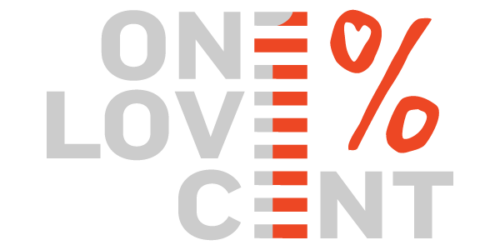Google’s ‘Search Inside Yourself’ Promotes Balance for Peak Performers

Maintaining a high rate of productivity can be difficult to sustain when unexpected personal turmoil and work-related stress create disharmony in our minds and bodies. One learning program that has had incredible results is Google’s smartly titled “Search Inside Yourself” program developed by Chade-Meng Tan. Since the program’s 2007 inception at Google, Tan has grown Search Inside Yourself into its own entity, the Search Inside Yourself Leadership Institute, which now brings its services to companies all over the world.
The Search Inside Yourself program’s leadership has spurred other companies to invest in employee wellness and mindfulness as well; companies like Intel, General Mills, and Aetna consider mindfulness to be one of their most powerful tools. There is a growing trend in which businesses are realizing that when their employees are leading happy and balanced lives, they perform better, get sick less often, and have tools to manage the occasional unfortunate realities of life.
This new perspective of health and wellness is quickly becoming the norm for many Fortune 1000 companies, especially as they realize its value in recruiting and retaining the industry’s best employees. The percentage of U.S. companies that offer some type of wellness program rose from 36 percent to 60 percent in just the five years between 2009 and 2014, according to Fortune. Wellness is no longer a fringe benefit when a majority of U.S. companies acknowledge its importance—it is now a competitive necessity.
Search Inside Yourself focuses on helping employees understand their own psyches with exercises that cultivate self realization and emotional intelligence. From this place, many of the struggles that one may experience in life can be met with awareness and handled in a healthy way. The results speak for themselves: the program’s 6-month waitlist is evidence that Google employees love Search Inside Yourself.
Bill Duane, a Senior Manager at Google who oversees the Sustainable High Performance Learning Programs, describes the benefit of mindfulness training in his life. “I found almost immediately that there was some promise to it [mindfulness meditation],” Duane states. “I really felt a sense of relief and centeredness.”
He continued, “After a few years of practice, my father had his final illness and then died. If you had told told me before then that you’d be able to sit in the ICU, taking in all the experience—the beeps, the smells, the horror, the grief, the observation of a lot of suffering around you—and come away with being open to that as a very human experience, I just would’ve said that was not possible. But I was able to sit there and see that this was what it is like to have a parent die, and to be open to it for the beautiful parts and the sad parts… that was enough to sell me.”
In order to achieve the acceptance Duane demonstrated during his father’s passing, one must practice mindfulness over a period of years; however, it all starts with Search Inside Yourself’s three tenets: Attention, Self Knowledge and Mastery, and Creating Useful Mental Habits. Having attention and focus is a key component of mindfulness: when mindfulness students focus their minds on the present moment, their anxieties about the future drift away and the situation of the moment is dealt with in constructive way that minimizes detriment to themselves and other parties. From this point, one can become intimate with their thoughts and how they are connected to their emotions, which is the next step.
Minute by minute our brain chemistry is changing, and humans can experience a range of emotions that transcend simple descriptions of anger, sadness, and happiness. The Search Inside Yourself program focuses on how one can identify their feelings and extrapolate them into a detached understanding. Once the students can comprehend their emotions more fully, they develop self knowledge, another core pillar of Search Inside Yourself. This type of emotional understanding creates a certain mental toughness that acknowledges emotion and vulnerability, but does not allow it to consume the person because it is observed from a detached perspective.
The last tenet of the program, Useful Mental Habits, teaches students to cultivate compassion within their collaborations and relationships. Whenever an employee works with compassion and service, they create lasting trust within the relationship. If we cultivate good intentions, we can find peace because we are coming from a place of honesty and service. This ensures the work is finished with the highest positive outcome.
Even the simple act of meditating for ten minutes a day can have helpful effects. Mike Lyons, a sales rep at Cal Lighting who recently began a mindfulness practice, is noticing immediate results. “Meditation has helped me clear my mind, release preconceived notions, and really has just helped me think more clearly,” says Lyons.
In addition to learning programs, certain perks that may seem unconventional—gyms, yoga classes, masseuse services, game rooms, and company bikes—are now the pride of many companies. Some companies even boast of outdoor recreation areas and soccer fields that can help employees take breaks to move throughout the day. Movement, like mindfulness, is an essential component of a healthy lifestyle. Many employees of these mindful companies use the FluidStance Level at their adjustable or standing desks to keep their blood flowing for more comfort, focus, and energy throughout the day.
Practicing mindfulness, eating well, and maintaining a regular fitness routine are extremely important for sustaining peak performers. In order to keep your performance at its best, try implementing mindfulness into your schedule and see how the positive effects can improve your work-life balance.






